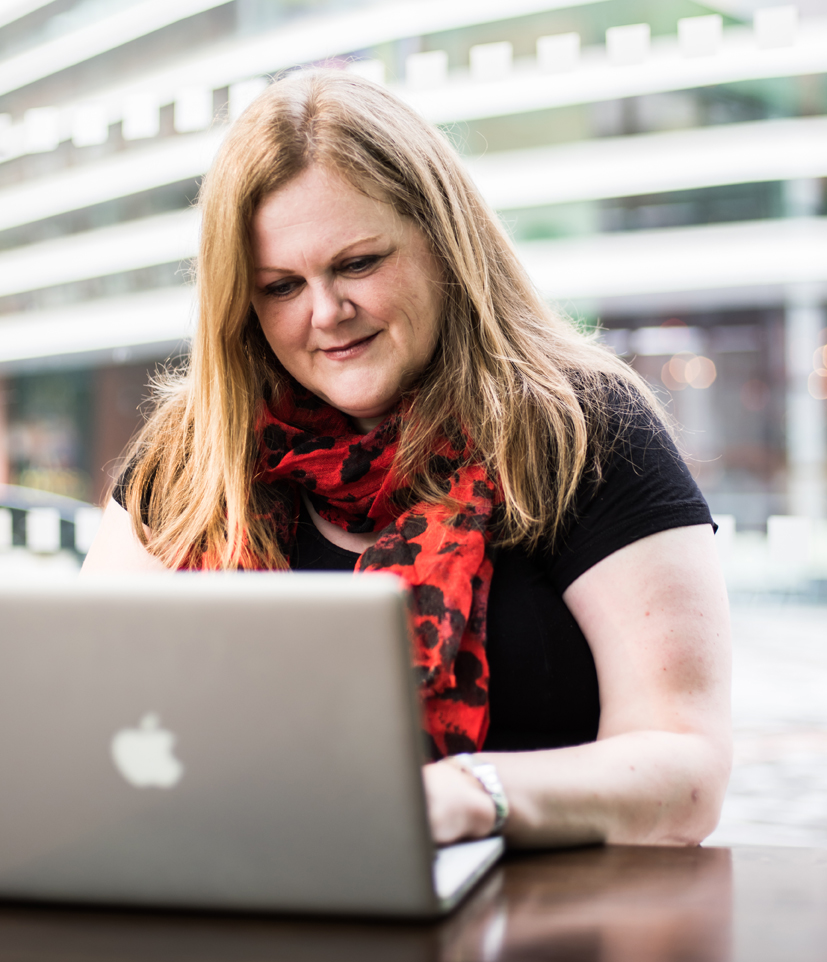UPDATED JANUARY 6, 2024
I learned this tip from market traders
Have you ever been to one of those market stalls where the trader creates a buzz and draws a crowd?
I visited plenty when I was a child in the 80s and they sold everything from innovative kitchen gadgets and crockery to bedding, toys and towels.
The thing I remember is, those traders were experts in well-rehearsed, persuasive patter.
They were experts in something else, too: creating and maintaining momentum.
This is how they drew a crowd in the first place and kept them there until the end.
How a market trader pitches
The pitches all followed a similar pattern and it went something like this:
Introducing the product
The trader started by making some noise to create some interest and draw people closer.
“Have I got a product for you today!”
“You won’t to want to miss out on this one!”
Then they introduced the product. We’ll use one I remember as an example: a manual potato chipper that cuts your potatoes into perfect chunky chips.
Mmmm… chips!

Demonstrating the product
When they had some people interested, they demonstrated the product.
“Look how easily this chips your potatoes — you can do it with one hand.”
To prove it, they would invite one of the mums to try it and agree how easy it was. Social proof, right there.
“And it’s easy to clean. Just run it under the tap. Good as new.”
The demonstration countered two, presumably common, objections:
- That it would be difficult to use; and
- That it would be difficult to clean.
Showing the end result
At this point, they produced some chips fresh from the fryer and handed them out to the crowd. Everyone who tried them raved about how good they were.
Benefits, benefits, benefits
Then came the benefits, because buying one of these potato chippers would be life-altering.
“You’ll never go back to frozen oven chips. And there’ll be no more queuing at the chippy. Because these chips are fresher, tastier, healthier and better for your family.”
By this point, the crowd had grown and people were interested in buying the chipper.
Adding a freebie
It just so happened that if you bought a potato chipper on the day, you’d also get a free potato peeler.
And not just any potato peeler, one of these new*, ambidextrous potato peelers. The peeler also made amazing home-made crisps, which they also handed around for people to try.
Mmmm… crisps!

*Before you say anything, yes, I know these peelers have been around forever, but I’m old and this was a long time ago!
Making it irresistible
Now for the clincher: the price. How much were they selling for?
“These chippers retail for £20.”
“But I’m not going to sell them to you for £20.”
“I’m not going to sell them for £10.”
“I’m not even going to sell them for £7.50.”
“Because, ladies and gentlemen, today — and for one day only — you can buy this chipper for just £5.”
At that price, it would have been incredibly difficult to say no to. And suddenly there was a sea of hands in the air, all clutching £5 notes between their fingers. My dad was somewhere among them.
What can we learn from this?
The trader’s pitch was a masterclass in selling and, although it was in person, it included many of the techniques we use in our sales letters, on our websites and in our marketing campaigns.
But what’s really interesting to note here is the momentum they created in the lead up to making the sale.
They were rehearsed, laser-focused and stuck rigidly to their message. This kept the pitch flowing and building to its climax. And it kept the people interested, so they didn’t get bored and walk away.
One of the main problems I see on websites that aren’t selling or bringing in business, is a break in this momentum. Like a racing car’s engine cutting out before it gets to the finish line.
There are several ways this can happen.
How the momentum is broken
Here are a few examples of how companies break the momentum and lose the sale.
Ineffective landing pages
Imagine this. You see an advert that compels you to click on it. The company has succeeded in creating the buzz. You’re interested and you want to find out more
But, instead of a customised landing page that’s designed to continue your buyer journey, you arrive on the product page of the company’s website.
There’s no continuity from the advert to the landing page, which immediately kills the momentum.
You can read more about this in my article: How to create the perfect landing page >>
Diversions and interruptions
To sustain momentum, you need to stay focused on your sales message — like the market trader did. If you deviate your audience’s attention from that message, any momentum you’ve built will be gone.
You’ll lose your momentum if you:
- Go off on a tangent
- Add extraneous or irrelevant details
- Talk about things that you think are important, but which are of no interest to your audience
- Litter your landing page with distractions.
Incomplete information
If a reader reaches the end of your pitch and still has questions or objections, this could deter them from buying.
Presume that before they’ll make a purchase, your audience will need all their questions answered and all their objections quashed. Then make sure they are.
Waffle
The market trader’s pitch was perfectly rehearsed, which meant there was no room for waffle.
Waffle happens when you:
- Mindlessly repeat yourself
- Labour certain points
- Find long and meandering ways to say things that could be said quickly and succinctly
- Fill your content with meaningless rubbish that nobody cares about.
If you kill the pace with this kind of waffle, you kill the momentum for the sale.
Poor delivery
Your copy should flow smoothly into the minds of your audience. It should make them feel like they’re immersed in an experience, rather than just reading words.
But if your delivery is poor, it can be hard work for your audience. They might find themselves stumbling over badly constructed sentences, being distracted by typos or having to re-read certain parts just to make sense of them.
Anything that stalls your audience like this will destroy your momentum.
Dead ends
You’ve read all the copy, momentum is high and you’re ready to buy — so, naturally, you click the button that says ‘BUY NOW’.
But instead of going through to the payment screens, you end up on the contact page. Because you can’t actually buy the product online, you have to call the company. And if you’re outside hours, that’s not even possible.
A dead-end like this is a momentum killer and will send your customer to your competitors.
How to build and sustain momentum

- Target your ideal customers
Post your content in the right places, where they can find it easily - Generate interest
Attract your ideal customers using the best and most appropriate method for your business - Sell to the people who are ready to buy
This way you won’t waste words telling people what they should already know - Focus your messaging
Craft a compelling sales message and stick to it without deviation or distraction - Deliver your message well
Your delivery should be clear, concise and captivating, so it reads easily and makes good sense - Be thorough
Pre-empt any questions and answer them/objections and quash them - Be predictable
Send your ideal customers where they’re expecting to go and don’t surprise or confuse them - Make it easy to buy from you
‘Buy Now’ should mean they can buy it immediately — even at 3am in their pyjamas.
Is your website converting enough visitors into customers?
If the answer is ‘no’, maybe I can help.
I’m Jenny Lucas, a freelance copywriter and website specialist based in Leicester, UK.
If your website isn’t performing as it should, I’ll help you figure out what the problems are — and show you how to fix them.
And if you need killer sales copy for your site that builds momentum for a sale, I can help with that too.

You might also like…



